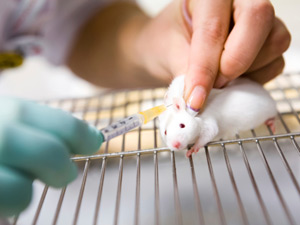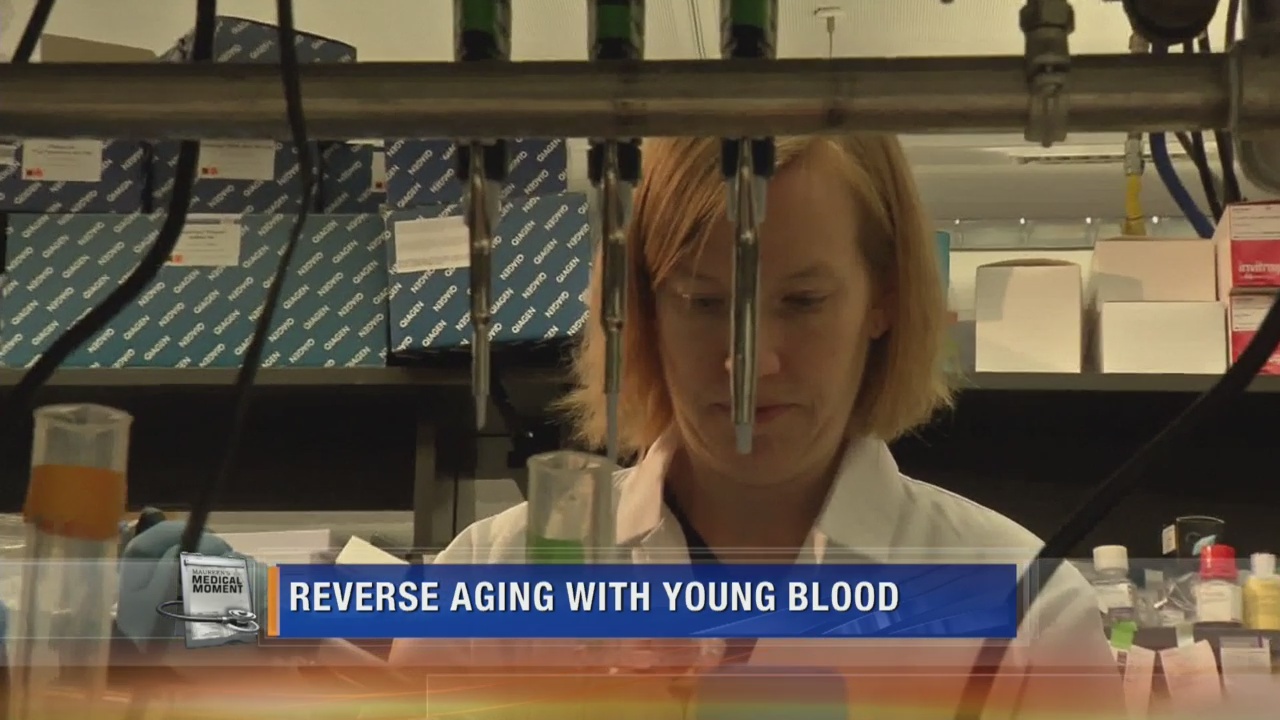If we are lucky enough to live a long life, aging — and the standard decline in physical activity combined with an increase in chronic and ultimately deadly illnesses — guarantees an appearance in our lives at some point. While we cannot escape it, a new research study in mice conducted by Amy Wagers, Ph.D. at the Harvard Stem Cell Institute shows promising results that the discovery of a protein called GDF11 found in young blood can potentially fully reverse the effects aging has on the body and mind.
As Wagers states, “It’s called parabiosis and it involves basically conjoining the circulatory systems of two animals kind of like you would imagine Siamese twins.”
How exactly are Wagers and her team conducting their research on the mice? They are using a process that has been used for around 150 years. As Wagers states, “It’s called parabiosis and it involves conjoining the circulatory systems of two animals kind of like how Siamese twins are conjoined.” The “research shows the young blood rejuvenates the heart muscle and brain activity of older mice.” This is very promising for our futures. As Wagers reflects, “It appears not just to be a slowing of the accumulation of changes that occur with age, but an actual reversal of those changes.”
The discovery of this rejuvenation ties itself to a protein called growth differentiation factor eleven, or GDF11 for short. Wagers and her team have found that it might just be the potential key to the fountain of youth. So far, they have discovered that when they are “exposed to younger blood cells, older animals have a better shape and size of the heart muscle, they showed an increase in the production of new neurons in the brain and they had better recovery after damage to their skeletal muscles.”
This study’s effect on humans, if allowed to happen, would give aging adults the opportunity to have researchers “add back this protein” in their bodies “and restore function to them,”…
Wagers hopes that these results will lead to the ability for her and her team to be able to try parabiosis on humans within the next few years. This study’s effect on humans, if allowed to happen, would give aging adults the opportunity to have researchers “add back this protein” in their bodies “and restore function to them,” e.g. revitalizing and helping with therapies to treat those tissues and organs destroyed by disorders, such as “age related muscle disorders, cardiovascular disorders, neurodegeneration and possibly even Alzheimer’s disease.”
What are your thoughts about this recent study? What do you hope can happen if the study and trials receive approval for humans in the next few years? We look forward to your comments below.

 Unlocking the Potential Key to the Fountain of Youth with the Power of Young Blood
Unlocking the Potential Key to the Fountain of Youth with the Power of Young Blood




 Forest Bathing Eases Grief by Soaking in Nature
Forest Bathing Eases Grief by Soaking in Nature
 The Spiritual Symbolism of Cardinals
The Spiritual Symbolism of Cardinals
 Meaning-Focused Grief Therapy: Imaginal Dialogues with the Deceased
Meaning-Focused Grief Therapy: Imaginal Dialogues with the Deceased














